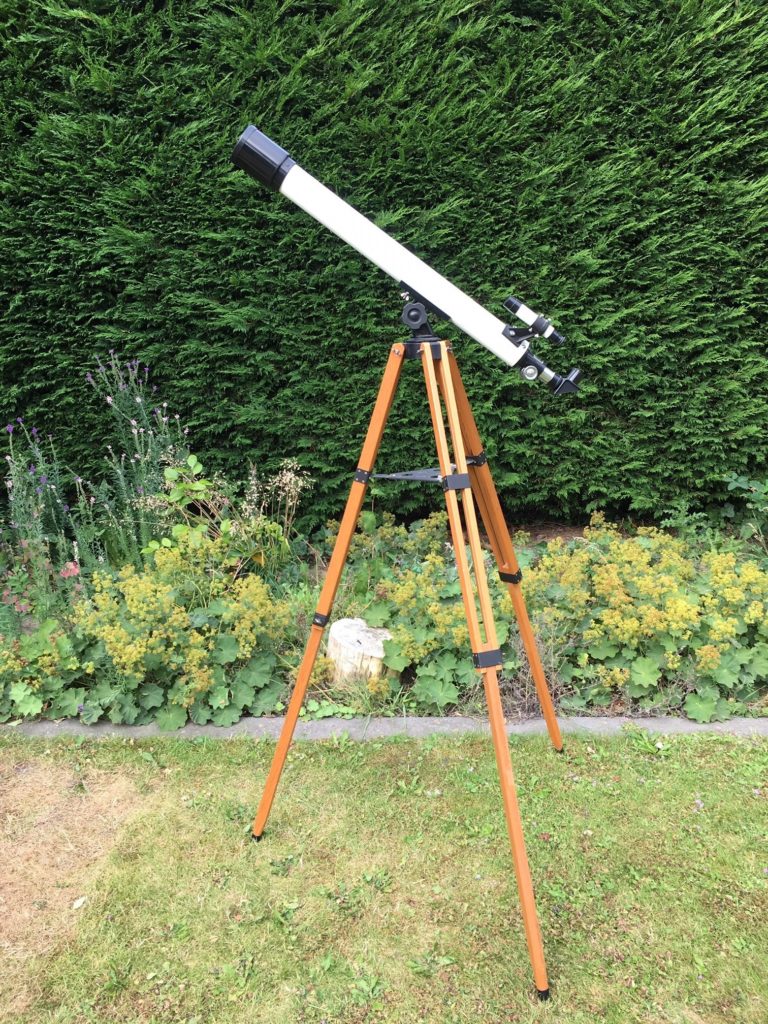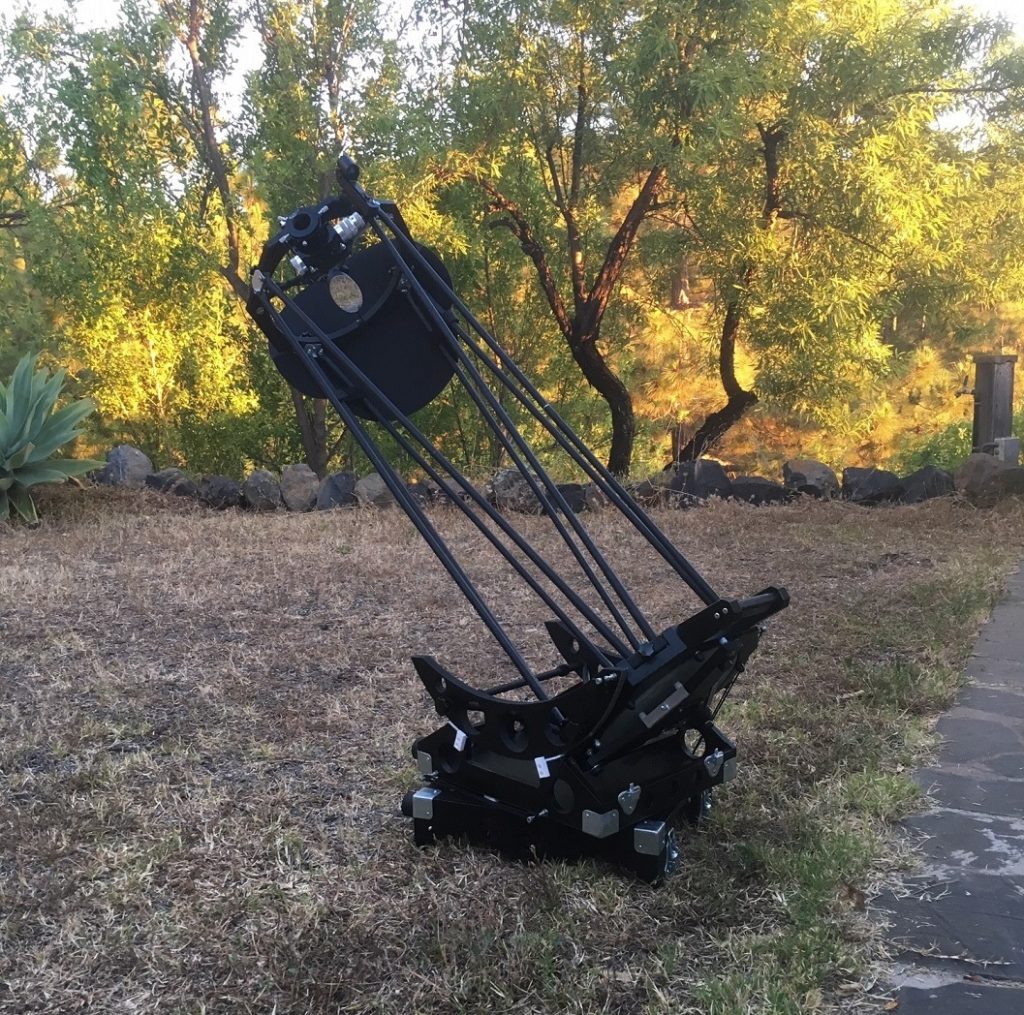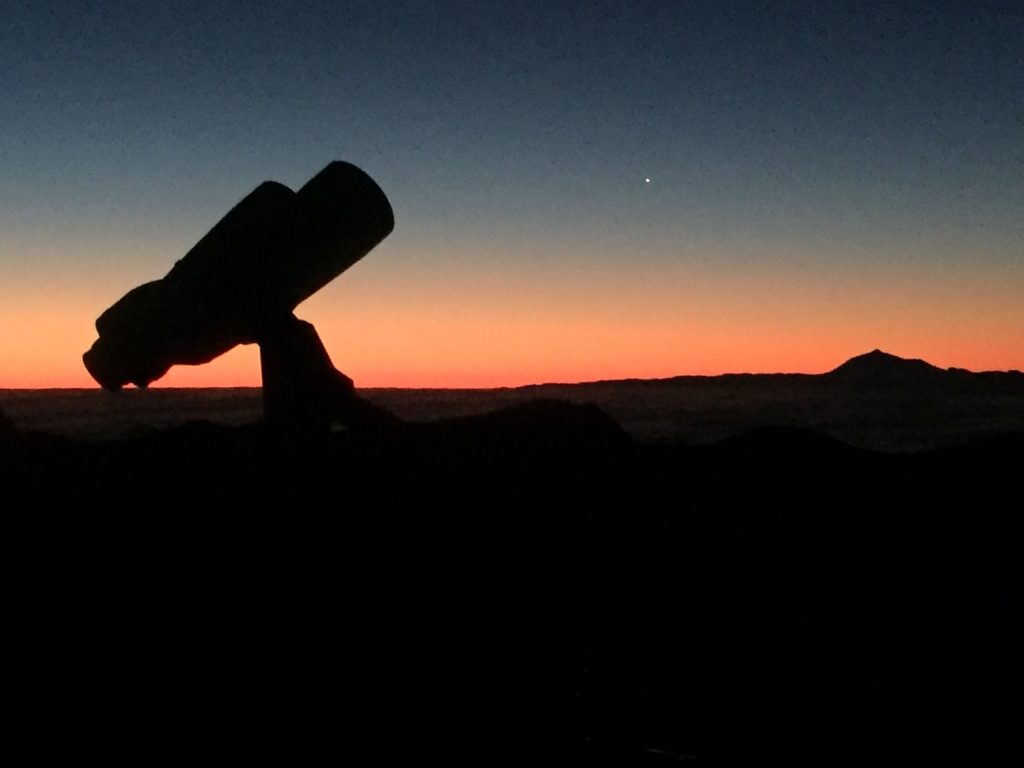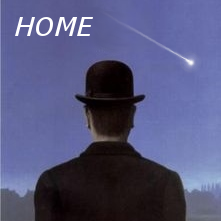Astronomy Equipment
As a young lad, I did my first observations by naked eye and with some cheap 7×50 binoculars. I got familiar with the constellations and how to read star atlases. Watching the planets, moon, an occasional satellite or meteor shower already was a pleasant pastime.
The first real telescope
After these initial steps in visual astronomy, my father bought the first “serious” instrument: a Vixen 60/800mm refractor. I took it out on every clear night to try and find the more famous objects in the sky. Then after a few years I wanted to see some more of the faint fuzzies and a 114/900mm reflector entered the scene. The latter never did perform very well (mostly because the owner had never heard of collimation…), and was sold. But the “frac” is still in my possession and even in use from time to time.

Finally time for some deepsky action
After a long pause in the hobby of about 20 years (girlfriend, school, work, children…) I wanted to start exploring the night sky again now that I had a bit more time, a big garden and the means to buy a decent telescope. After some investigation, I chose the Skywatcher Flextube 12 inch, with which I did my first real deepsky observations.
Discovering new skies
However, I soon realized that for deep sky, nothing beats a dark sky. So I needed to be able to travel with the scope, preferably by air. That’s why the Skywatcher made room for a handcrafted 10 inch truss-dobson: The Sumerian Alkaid F/4.8. It only weighs 12 kgs and I can take it on board in the overhead compartment during flight. Consequently, with this telescope I have truly started to appreciate the deepsky wonders. And it so happened to be that after a year of use, the first deepsky drawings were produced. You can find a review of this fine telescope here on the website.

The 10 inch dobson got me craving for more (yes, I am susceptible to aperture fever too…). So two years after obsessively observing the night sky, the big brother of the 10 inch arrived: the Sumerian Alkaid 16 inch F/3.8. The looks are more or less the same, but it’s, well… BIGGER. This scope is simply a bliss to work with, more so because it’s ideal for sketching when placed on a tracking platform. It’s not suitable for regular air travel, but I decided to take this telescope to La Palma in 2021 and I now do almost all of my observations from there since then. At home in the Netherlands I still use the 10 inch from time to time.

Sometimes smaller is better
The Sumerian telescopes are the ones with which I do 95% of my observations. And that’s a lot. But in between I found a secondhand Skywatcher Heritage 130mm. It’s got less aperture, but is ideal for widefield views. Combined with the Televue Panoptic 24mm, it generates a large field of 2.5 degrees. Therefore, I use it mainly for large open clusters and asterisms. The disadvantage however, is that you always have to put it on a table… *EDIT* Since May 2020 this telescope is no longer in my posession.

For even larger fields of view, the reflectors can no longer be used and binoculars become the instruments of choice. To get a field of a whopping 4.4 degrees I use the Omegon Argus 16×70. Together with the Orion Paragon Plus mount that I own it’s a perfect combination for those largest clusters, or simply for roaming the milky way.

